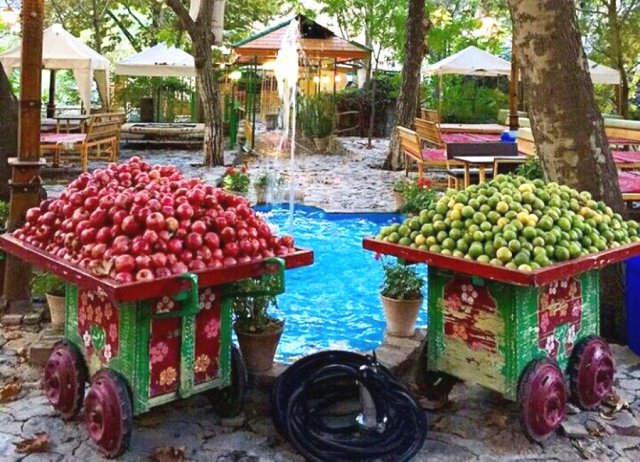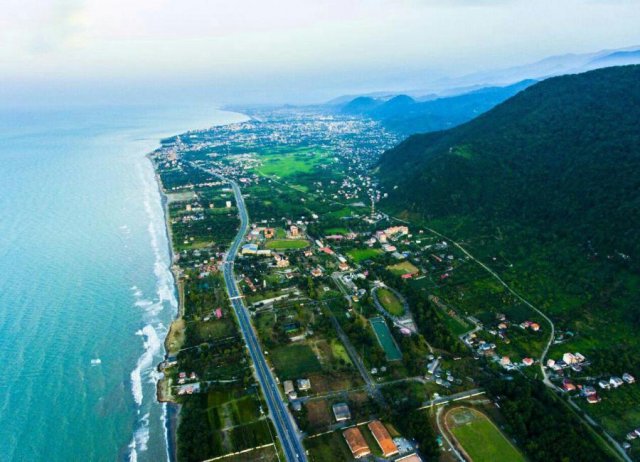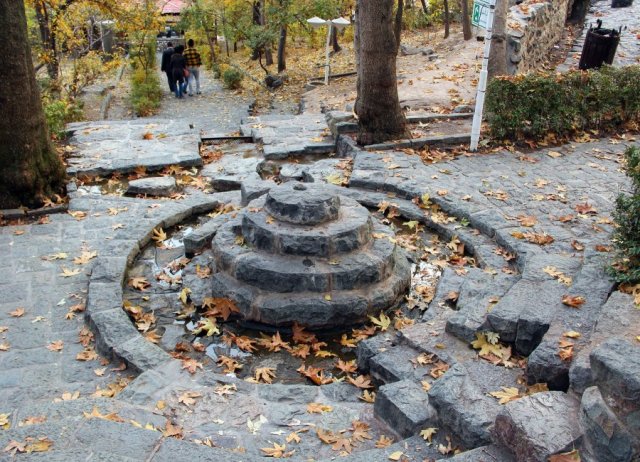Overview
In the 11th and 12th centuries Rey (also known as Shahr-e Rey) was one of the cap-itals of the Seljuk empire. It was devastated in the 13th century when the Mongols swept through and, these days, has been swal-lowed up by the urban sprawl of Tehran.
Rey, however, retains enough history to give it a different sensibility, its key sight being the elaborately decorated shrine of a 9th-century Muslim saint. Beside the shrine complex is a lively bazaar, while fur-ther afield are a couple of minor historical attractions.
Rey can easily be combined with a visit to the Holy Shrine of Imam Khomeini and the neighbouring cemetery Behesht-e Zahra.
Sights
Rey’s main attraction is the Imamzadeh Shah-e Abdal-Azim). This mausoleum was originally built for a 9th-century descendant of Imam Hossein and has elaborate tilework; a golden dome; a pool in the courtyard; a 14th-century sarcophagus with intricate carvings, con-structed from betel wood; and enough mirror tiles to make you dizzy. In the same complex is a shrine to Imam Hamzeh (brother of Imam Reza). Women need to wear a chador, available at the entrance.
Part of the complex is a small museum where you can see models of how the com-plex has evolved over the centuries and old photos of what the place looked like back in the 19th century.
The adjacent Rey Bazaar is lively, compact and architecturally attractive. If you have more time, hop in a taxi to see the natural mineral spring Cheshmeh Ali. In the past, locals used to clean their carpets in the pool here. On the rocks above is an elaborate inscription made during the reign of Fati Ali Shah (r 1797–1834), while higher up the hill are the ruins of Rey’s ancient fortress wall, Qal’-e Tabarak. Not too far away is the 12th century Toghoral Tower. This brick structure rises up 20m and was originally topped by a conical dome that has long since collapsed. The tower, surrounded by a small walled garden, also marks the tomb of the Seljuk king Toghoral Beg.
Points Of Interest
This village, at 1700m elevation and just north of the no-torious Evin Prison, is one of Tehran’s most pleasant urban escapes
At 370,000 sq km the Caspian (Darya-ye Khazar) is five times the size of Lake Superior.That makes it by far the world’s largest lake.
This popular in town escape stretches ever more steeply up the mountainside at Tehran’s northern edge



